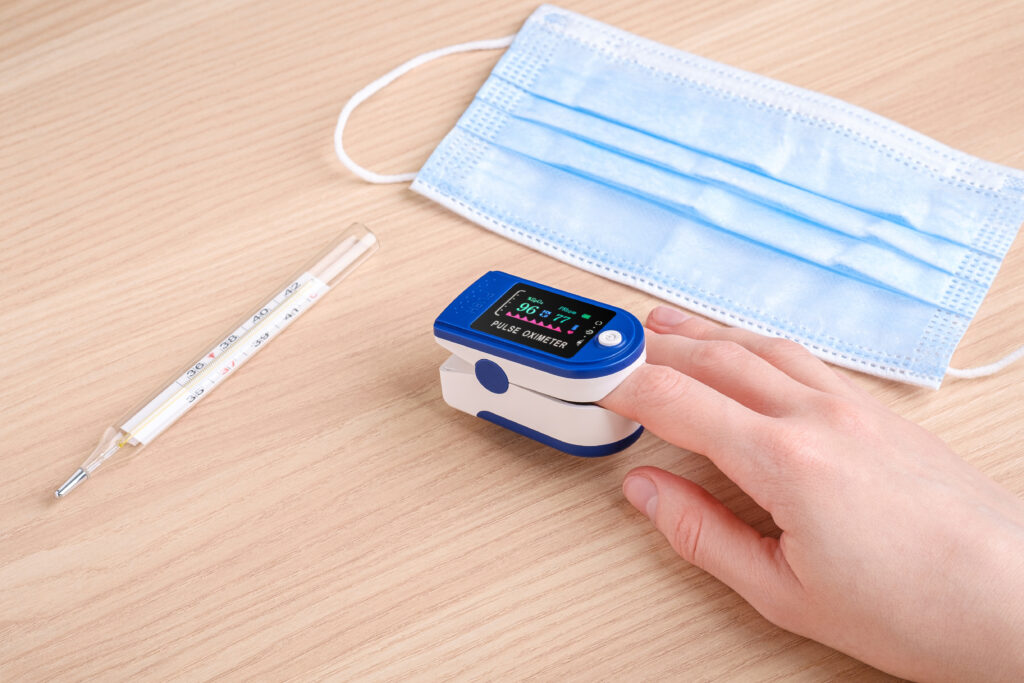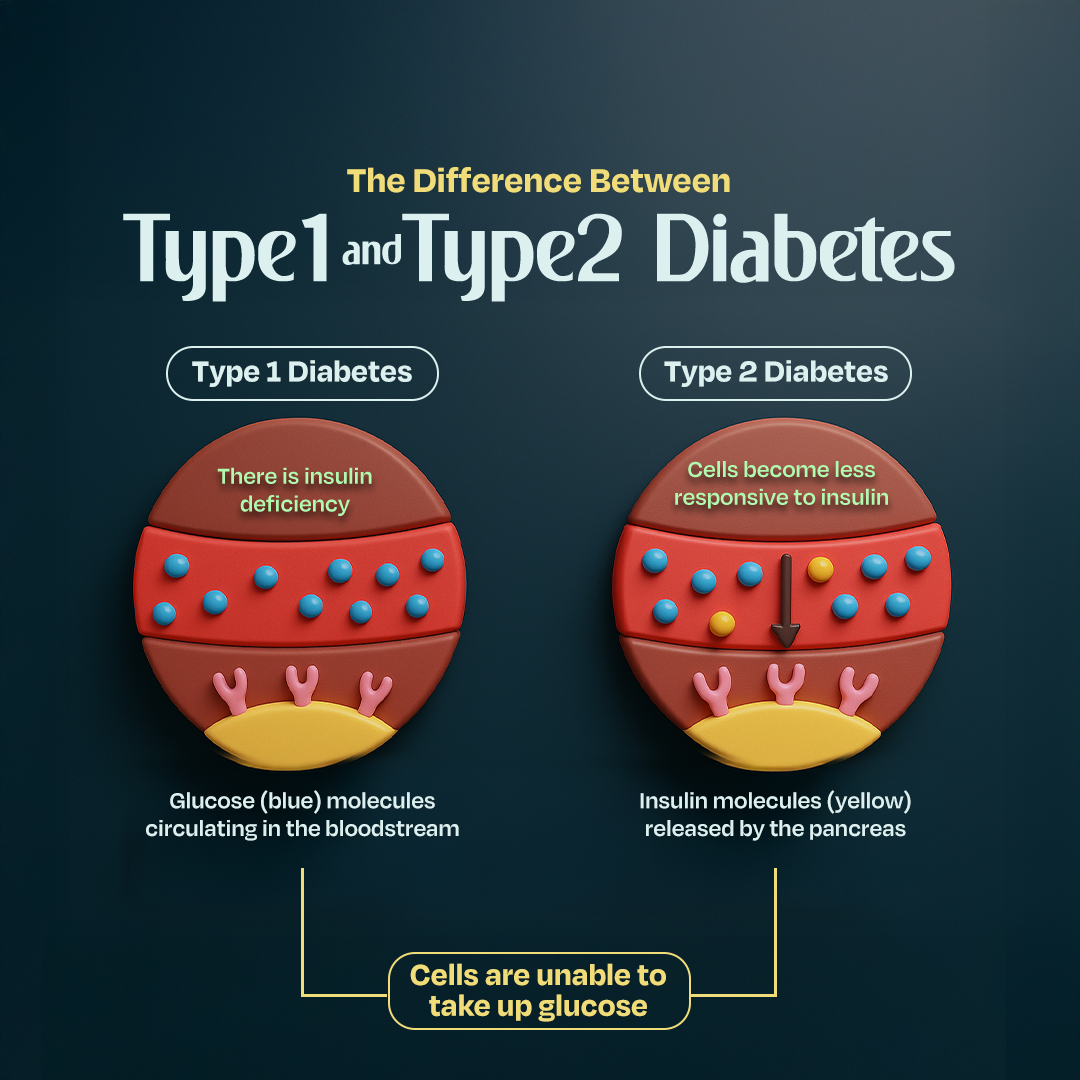- Home
- Health Center
- Health Info
- How Do We Explain ‘Happy’ Hypoxia?
COVID-19
How Do We Explain ‘Happy’ Hypoxia?


Hypoxia refers to very low oxygen levels in the blood. The normal oxygen saturation in the bloodstream of a healthy person is above 95%, but COVID-19 patients display dangerous declines of as less as 70%. 1
In serious cases of COVID-19, patients struggle to breathe (breathlessness), but early in the disease, low oxygen saturation isn’t always coupled with obvious respiratory difficulties. As a result, in the initial stages of sickness, the COVID-19 patient, on the outside, appears to be alright and ‘happy’. The medical term for this condition is Silent Hypoxemia. 2
How To Identify ‘Happy’ Hypoxia In Patients Who Have Mild Symptoms?2
Besides having the typical COVID-19 symptoms, if a person has happy hypoxia, they might experience:
- Change of the colour of lips from natural tone to blue
- Skin discolouration to red or purple tone
- Profuse sweating even when not doing arduous physical work
Even while portraying only minor symptoms of COVID-19, such as cough, sore throat, fever, headaches, without any perceivable breathing difficulty, it is advised to continuously measure blood oxygen levels using a pulse oximeter.
Do You Need a Pulse Oximeter At Home?3
The benefit is clear for patients (not hospitalised and undergoing self-quarantine) who have COVID-19 symptoms such as cough, fever, and shortness of breath to check their blood oxygen level. But for people who are young and healthy with no COVID-19 symptoms, owning one Pulse Oximeter at home may not be necessary.
COVID-19 patients are encouraged to regularly check their oxygen levels using an oximeter. If it drops below 95%, immediate medical oxygen is required as oxygen starvation can impact vital organs severely.
To know more about pulse oximetry, check out our previous articles:
1. What is Pulse Oximetry
2. Should I Get a Pulse Oximeter? A Pharmacist Guide
Reference:
- Martin J. Tobin, Franco Laghi, and Amal Jubran. Why COVID-19 Silent Hypoxemia Is Baffling to Physicians. Am J Respir Crit Care Med 2020; 202(3): 356-360 .
- Dhont, S., Derom, E., Van Braeckel, E. et al. The pathophysiology of ‘happy’ hypoxemia in COVID-19. Respir Res 21, 198 (2020). https://doi.org/10.1186/s12931-020-01462-5
- World Health Organization. Pulse Oximetry Training Manual. Switzerland: World Health Organization; 2021. https://www.who.int/patientsafety/safesurgery/pulse_oximetry/who_ps_pulse_oxymetry_training_manual_en.pdf (accessed 31st May 2021)
Latest Health Info
Got Pins & Needles? Learning about Diabetic Neuropathy
Diabetic neuropathy is a common yet serious complication of diabetes, estimated to affect up to 50% of people with the ...
The Difference Between Type 1 and Type 2 Diabetes
Type 1 vs Type 2 Diabetes Mellitus – What’s the difference? Diabetes mellitus is often perceived as a single condition; ...
The Hidden Dangers of High Cholesterol
High cholesterol is often symptomless and is known as a “silent disease”. High cholesterol significantly increases the risk of heart ...



